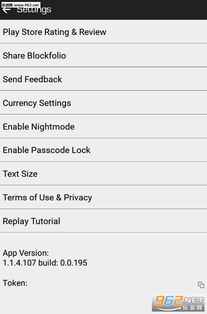Bitcoin Block Timing, Understanding Its Significance and Impact
In this article, we will delve into the intricacies of Bitcoin block time, exploring its importance, mechanism, and the effects it has on the network and users. Understanding Bitcoin block time is essential for anyone involved in or interested in the cryptocurrency space.
In this article, we will delve into the intricacies of Bitcoin block time, exploring its importance, mechanism, and the effects it has on the network and users. Understanding Bitcoin block time is essential for anyone involved in or interested in the cryptocurrency space.

Understanding Bitcoin Block Time
Bitcoin block time refers to the average time it takes for a new block to be added to the blockchain. It is a crucial component of the Bitcoin protocol, ensuring the steady progression of transaction verification and the overall health of the network. The average block time for Bitcoin is approximately 10 minutes, which is a significant aspect of the cryptocurrency’s operational efficiency.
When a miner successfully solves a mathematical problem (the proof of work
), they create a new block and add it to the blockchain, recording all the transactions that have taken place within that time period. This mechanism helps maintain the security and integrity of the network, as each block is linked to its predecessor.

Factors Affecting Block Time
Several factors can influence Bitcoin’s block time, and they include the following:
Bitcoin has a built-in mechanism that adjusts the difficulty of solving the proof-of-work puzzle approximately every two weeks, or every 2016 blocks. If miners are completing blocks too quickly (an average of less than 10 minutes
), the difficulty will increase, slowing down block production, and vice versa.
The total computational power participating in the Bitcoin network, known as the hashrate, can fluctuate significantly based on various factors, including miner willingness to engage and the profitability of mining. A higher hashrate generally leads to faster block times, while a lower hashrate can result in longer periods between blocks.

Impact of Block Time on Transactions
The block time significantly impacts transaction confirmation times. Since transactions are only confirmed when included in a block, longer block times can result in delays, especially during periods of high network congestion. Consequently, users may experience slow transaction confirmations, prompting many to increase transaction fees to prioritize their transactions.
The consistency of Bitcoin’s block time enhances predictability for users and businesses. Knowing that blocks are typically confirmed every 10 minutes allows for effective planning in various operations, from trading to processing payments.
Future Considerations
As Bitcoin evolves, the implications of block time remain a topic of discussion. Innovations such as the Lightning Network are designed to mitigate some of the issues associated with block time by enabling off-chain transactions. These solutions could potentially enhance transaction speeds and reduce costs, making Bitcoin a more viable payment method in real-time scenarios.
In summary, Bitcoin block time is a foundational concept within the cryptocurrency network that plays a crucial role in transaction verification, network security, and user experience. Understanding its mechanics and influences helps participants navigate the Bitcoin ecosystem more effectively.



